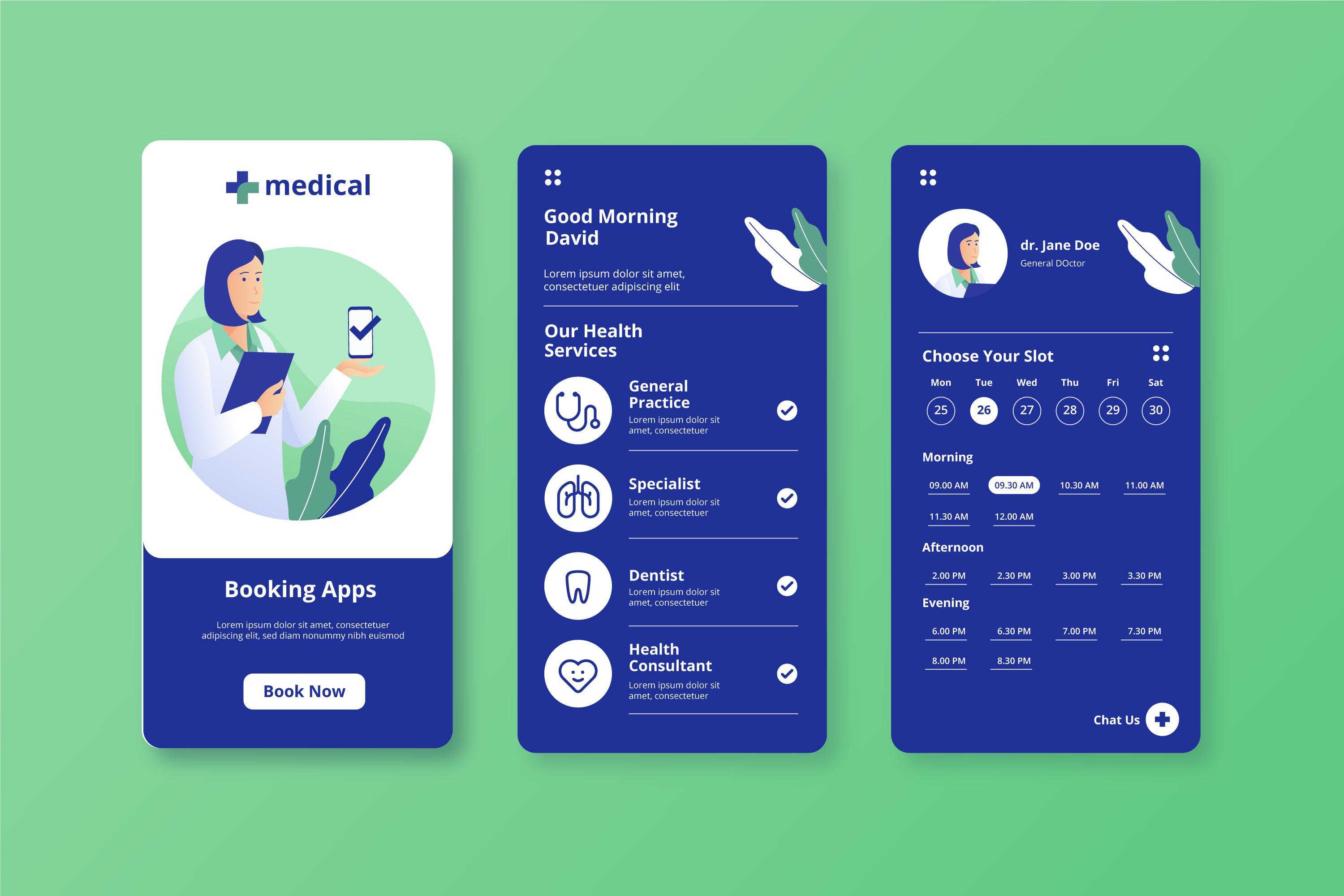Intended Use under MDR

In Health Tech, establishing the intended purpose of a product is a critical first step that can influence the success of a project. This step is foundational not only because it shapes the product’s design and functionality but because it dictates the organization’s position against the regulatory compliance requirements. By determining the correct intended purpose from the outset, organizations ensure that their resources are aligned and prepared to meet the necessary standards.
Getting into the Health Tech Industry is all about solving real world problems that matter. Defining the specific issue you want to tackle and how your device will help with that, are the first steps to articulate the intended use of your product. A well defined purpose not only helps you make strong claims about what your product can do but also sets you up for success in a competitive market.
Article 2 paragraph 12 of the MDR, defines the intended purpose as: the use for which a device is intended according to the data supplied by the manufacturer on the label, in the instructions for use or in promotional or sales materials or statements and as specified by the manufacturer in the clinical evaluation.

Both the MDR and the IVDR provide specific criteria for determining whether a product falls under the category of a medical device. Furthermore, the regulations classify medical devices not only based on their functionality and risk levels but on their intended purpose as well. Understanding the intended purpose allows manufacturers to identify potential risks, misuse or abnormal use scenarios associated with the product, develop a risk management plan and establish guidelines for how the device should be used under normal conditions.
The following exercise will describe a possible scenario of a misidentified intended use and look at the possible consequences it might trigger.
Context: A mobile application is designed to help patients manage their diabetes by tracking blood glucose levels, medication schedules and dietary habits.
Misidentified Intended Use: The app is a diabetes management solution that can replace regular consultations with healthcare professionals.
Possible Consequences:
While the app is intended to be a class II medical device, promoting it as a replacement for professional medical advice, suggests it has diagnostic or therapeutic capabilities that would require a higher classification.
Patients may rely exclusively on the app for managing their diabetes, rather than having consultations with their healthcare providers. This could result in poor disease management.
If patients experience adverse health outcomes due to reliance on the app, the manufacturer could face lawsuits for malpractice or negligence.
If the app is marketed as a diabetes management solution without proper clinical validation, it may lack the necessary evidence to support its claim which in turn could lead to potential delays in approval or market entry
A more accurate intended use for this particular example would be: The app is intended to provide support by analyzing blood glucose levels and other health data to assist in the management of diabetes. It may offer therapeutic recommendations such as medication adjustments or dietary changes based on the user’s data, thereby influencing treatment decisions. The application is designed to be used in conjunction with healthcare professionals to enhance diabetes management and improve patient outcomes.
The more functionalities the software offers, the more confusion when establishing the intended purpose there could be. On one hand, the app may be designed primarily as a self monitoring tool enabling users to track their blood glucose levels, medication schedules and dietary habits. This could suggest a non diagnostic, supportive role that aligns with low risk classifications. However, if the app has features that provide diagnostic insights or therapeutic recommendations (e.g. analyzing data to suggest medication, adjustments, dietary changes, etc) it may shift its classification to a higher risk medical device.
This example emphasizes the importance of correctly determining the intended use of Healthcare Software products from the beginning in order to guarantee compliance, proper risk management, user trust and above all, patient safety.